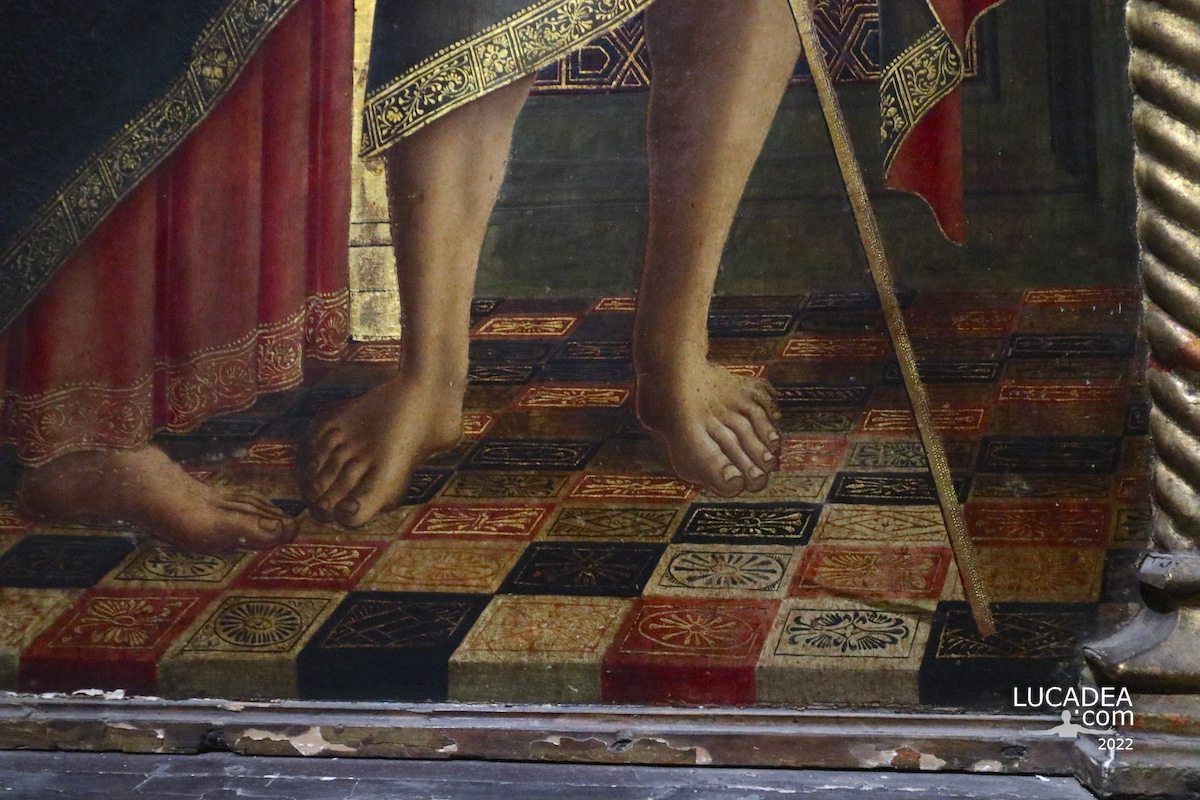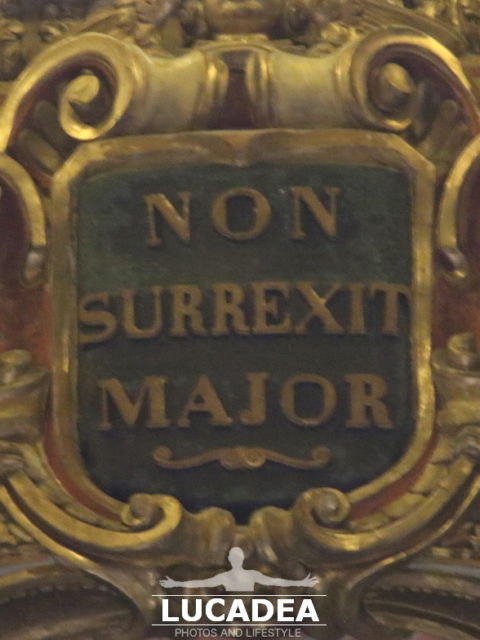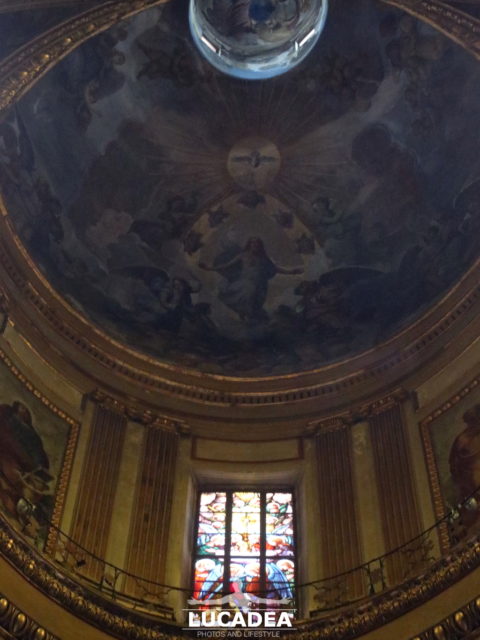The Baptistery of the Cathedral of Bergamo.
In the heart of the upper city of Bergamo, surrounded by ancient walls and narrow cobbled streets, stands the imposing Cathedral of Sant’Alessandro, one of the most important testimonies of sacred art in Lombardy. Among its most precious gems stands out the Baptistery, a structure of great artistic and historical importance that enchants visitors with its beauty and intrinsic spirituality.
The Baptistery of the Cathedral of Bergamo, dedicated to St. John the Baptist, dates back to the medieval period, with some parts dating back to the 9th century. Its architecture reflects the Romanesque style, with subsequent Gothic and Renaissance influences, testimony to the different historical periods that have shaped the city over the centuries.
The external structure of the Baptistery is characterized by a simple but elegant façade, adorned with blind arches, pilasters and a portal decorated with sacred sculptures. Inside, medieval frescoes and Renaissance architectural elements create an atmosphere of sacredness and contemplation.
One of the most precious treasures of the Baptistery are the frescoes that adorn its walls, dating back mainly to the 13th and 14th centuries. These works of sacred art, created by anonymous artists of the time, narrate biblical stories and scenes from the life of St. John the Baptist, giving life to the faith and devotion of the faithful.
Among the most famous frescoes is the cycle of the life of St. John the Baptist, which includes episodes such as his miraculous birth, his ministry in the desert and his martyrdom. The vivid representations and the skillful use of color give them a timeless charm, taking visitors on a spiritual journey through the history of Christianity.
The Baptistery is a place of great spiritual importance for the faithful of Bergamo and for visitors seeking reflection and contemplation. It is here that many Christians receive the sacrament of baptism, a rite of initiation into the Christian faith that symbolizes spiritual rebirth and communion with God.
In addition to its liturgical function, the Baptistery also represents a symbol of the continuity of the Christian faith throughout the centuries. Generations of believers who have come and gone have left their mark on this sacred place, helping to preserve its beauty and historical importance for future generations.
The Baptistery of Bergamo Cathedral is open to visitors who wish to admire its artistic beauty and experience a moment of spirituality. Tourists can take part in guided tours organized by the local diocese or explore the Baptistery on their own, allowing themselves to be enchanted by its works of art and its evocative atmosphere.
In conclusion, the Baptistery of the Cathedral of Bergamo represents a masterpiece of sacred art and a place of profound spiritual significance. With its fascinating architecture, its breathtaking decorations and its thousand-year history, it continues to inspire and uplift those who visit it, offering them a unique experience of beauty and contemplation.
Do you know Bergamo?
Add your own comment or go to the bottom of the site to read what other visitors have written.
Photo taken with Canon EOS RP and lens Canon RF 24-50.
This is the official website of the Cathedral: cattedraledibergamo.it.
To see all the photos I took in Bergamo, click here:

Where is the baptistery located:
The Baptistery of Bergamo is the building intended for the baptismal rite, built in the 14th century by Giovanni da Campione, and preserved since 1900 in the Piazza del Duomo of Bergamo, in front of the Basilica of Sant’Alessandro. Since the 10th century in Bergamo there were several churches, among these one dedicated to San Vincenzo, the episcopal residence, established by Bishop Adalberto and the church of Santa Maria Vetus intended to be the baptismal church.
Continue and learn more on Wikipedia
The Baptistery of the Cathedral of Bergamo – Le Baptistère de la Cathédrale de Bergame – El Baptisterio de la Catedral de Bérgamo – O Batistério da Catedral de Bérgamo – Das Baptisterium der Kathedrale von Bergamo – Nhà rửa tội của Nhà thờ Bergamo
The text of the post was written with the help of ChatGPT, a language model from OpenAI.


















